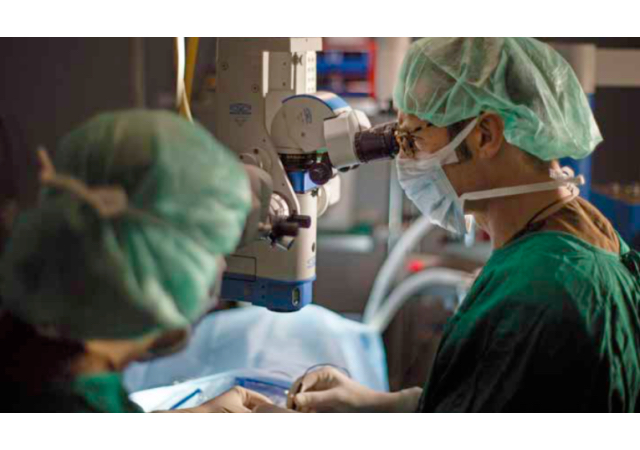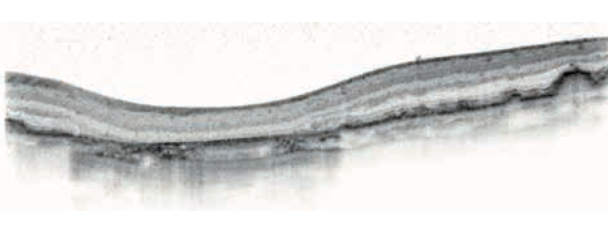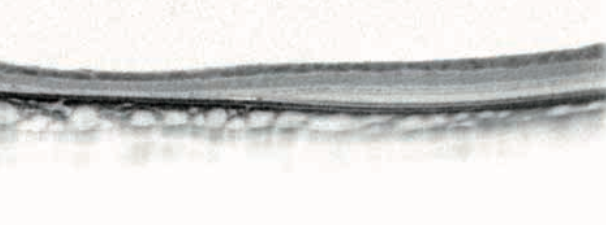Atrophy models that makes it possible to work with regenerative therapies on near-real examples

Despite the recent advances in the treatment of the wet form of AMD, the great challenge to which the scientific community is committed today is to discover a treatment that slows the inexorable progression of the atrophic form of the pathology, together with other focusses that restore or regenerate the affected part of the tissue of diseased retina.
At present, the advanced form of dry AMD with geographic atrophy (GA) is a leading cause of legal blindness in elderly patients in the industrialised world and represents up to a third of cases today.
As we try to find models with which the origins and treatments of pathologies like these may be researched, it has been detected that the pig eye model possesses very similar characteristics to those of the human eye, and likewise with regard to its retina. The study’s aim has been to create an atrophy model for the external layers of the retina that is the same as in the atrophic AMD we find in humans, one that will help us to research and work to discover solutions to eye diseases that even today are incurable.
To work on the processes that must lead us to find a solution to the many questions raised by AMD, the prestigious scientific journal Investigative Ophthalmology & Visual Science (IOVS) has published an article whose principal author is the Medical Director of the Barcelona Macula Foundation: Research for Vision and Director of the Institut de la Màcula, Dr. Jordi Monés MD, PhD, together with a team of researchers including Dr. Marc Biarnés and the optometrist Míriam Garcia, who are both from the BMF. The study also enjoyed the support of the Department of Medicine and Animal Surgery of the Veterinary Faculty of the Autonomous University of Barcelona, the Miguel Hernández University of Alicante and CIBER-BBN of Madrid.
This result will help to research and discover solutions to eye diseases that even today are incurable
The research they conducted discovered which methods and materials can produce initial atrophy scenarios that are extremely similar to those suffered by humans. This scientific success will then make it possible to commence treatment processes with regenerative therapies on the basis of pathologies that are very similar to human ones.

Dry AMD with geographic atrophy in a human eye.

Dry AMD with geographic atrophy in a pig eye.
A major difficulty in the research of GA therapies is the lack of good models. GA possesses its own characteristics when it is treated and, in advanced cases, there is a need to perform regenerative treatment beyond that of halting the progression of the atrophy.
In advanced cases of geographic atrophy (GA), there is a need to perform regenerative treatment
Pathologies like Stargardt’s disease, another type of atrophy of the retina’s external layers, have a major economic and social impact both on patients, who are often young people, and on their families.
For all these reasons, it should be noted that there is a need for an animal model that imitates the characteristics of GA in order to test the efficacy of the new emerging regenerative therapies that aim to restore visual function, such as stem cell transplantation or optogenetics.